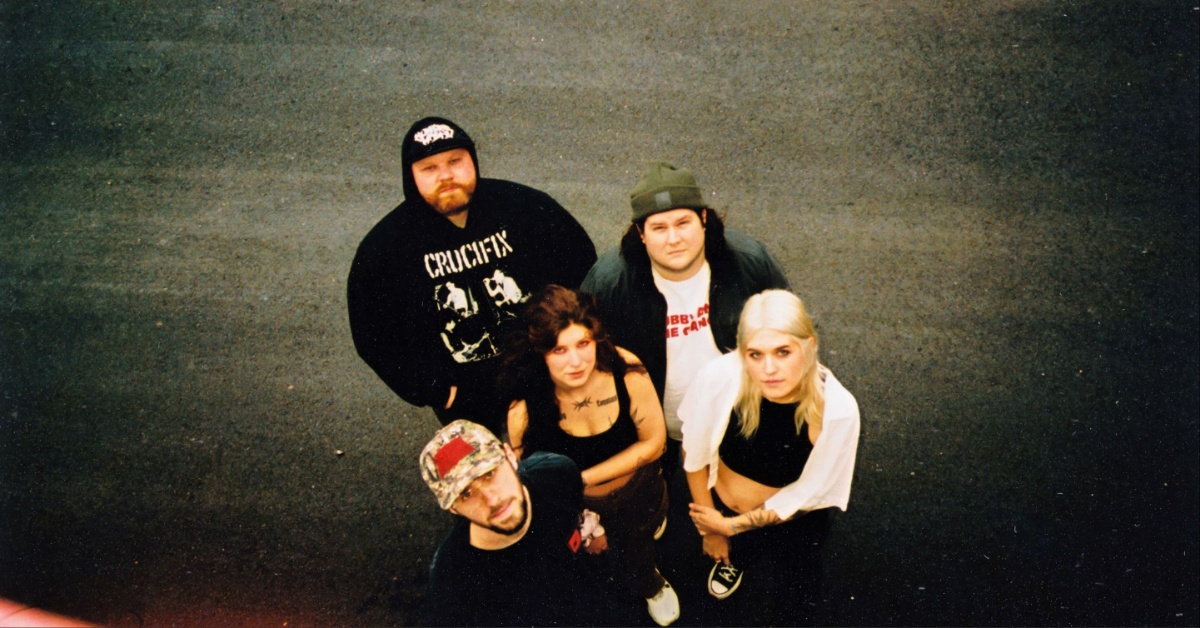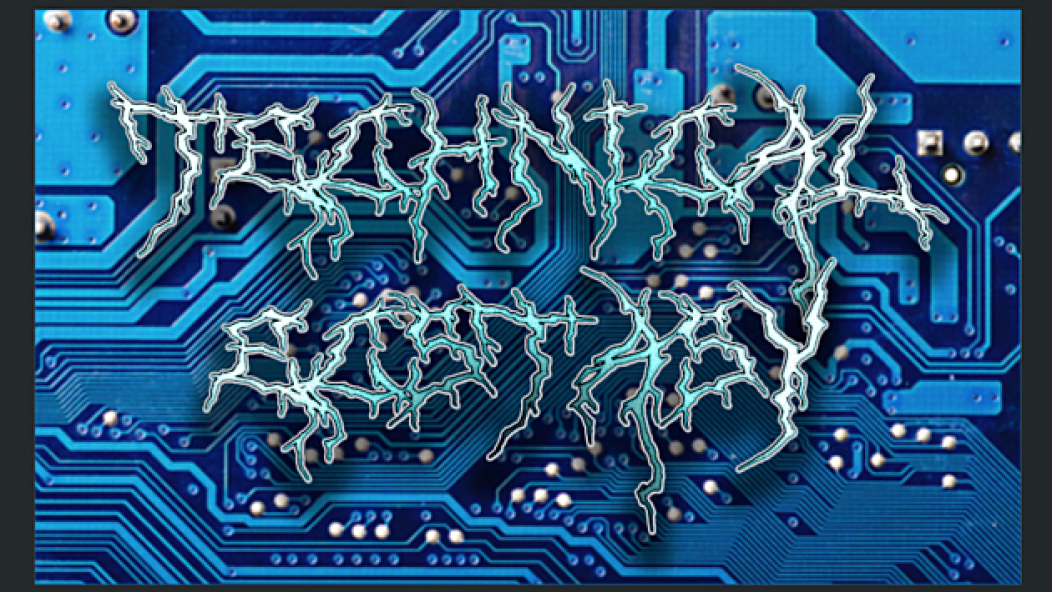
Technical Ecstasy #2: The Best Of Virtuoso Metal
…
Technical metal often isn’t about the “slow burn.” Patience isn’t prerequisite. This is detrimental. Simply bedazzling listeners with millions of notes presumes they have diminished attention spans and instant-gratification neuroses. Bands which leave everything to immediate impact (shock value) tend to abandon complex narratives, so the music feels linear, like the lazily-written story of a gas-station romance novel. Being sensationally technically proficient with your instrument cannot replace real songwriting, just as gawking manically over some dime-a-dozen shredmaster cannot replace the joy in absorbing music more wholly.
Below are three albums (all released just this April) whose storylines meander among unexpected obstacles and sudden turns. And in their presentations comes technicality as a throughput — not a replacement — for melody and mood. Virtuosity is non-apparent because these albums have no real pretense: these bands don’t do showmanship, and their guitarists aren’t try-hards in that sense. While dense and complex, these albums are also entirely listenable and easily digestible. As complete musical packages, you get the bonus of being impressed, not distracted, by their wonderful technicality.
…
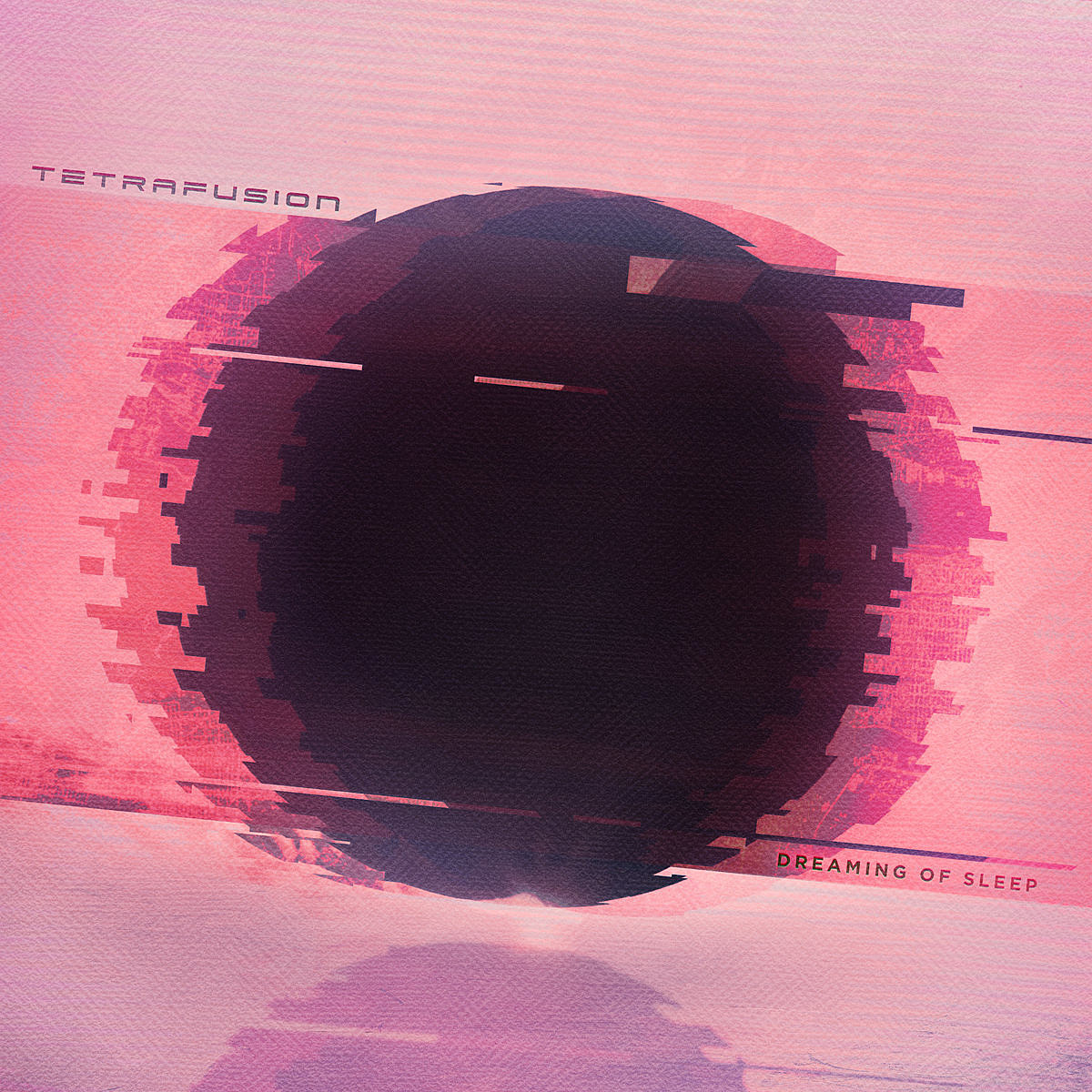
…
Tetrafusion
Dreaming of Sleep
April 27, 2017
Reintroducing gusto and soul into an otherwise flaccid subgenre, Terafusion have written a progressive metal album for people who hate progressive metal. Dreaming Of Sleep reverberates with complex groove, high-performance clean singing, and schizophrenic variation. The busy (but proficient) drum and guitar performances highlight mood changes and shifts in intensity rather than painting them over. Dreaming Of Sleep goes on random technical asides, jammable tech-y diddles, between grand, vocal-driven choruses. All this movement results in roller-coaster fun, though Dreaming Of Sleep manages also to retain seriousness and composure.
Dreaming Of Sleep diverts into djent, electronic, and jazz at opportune moments, breaking up the mind-filling passages of guitar noodles, drum fills, bass melodies, etc. Tracks like “Sisyphus,” with its lengthy vocal- and bass-centric build-ups, emphasize emotional feeling and rockability over any sort of technicality. The synth provides aid here, serving as melodic structure and emotive catalyst instead of an all-out opponent in the instrumental battle. In its synchrony and put-togetherness, Dreaming Of Sleep feels like polished glass, diminishing any effrontery inherent in technical metal.
Also, those guitar solos. Damn.
…
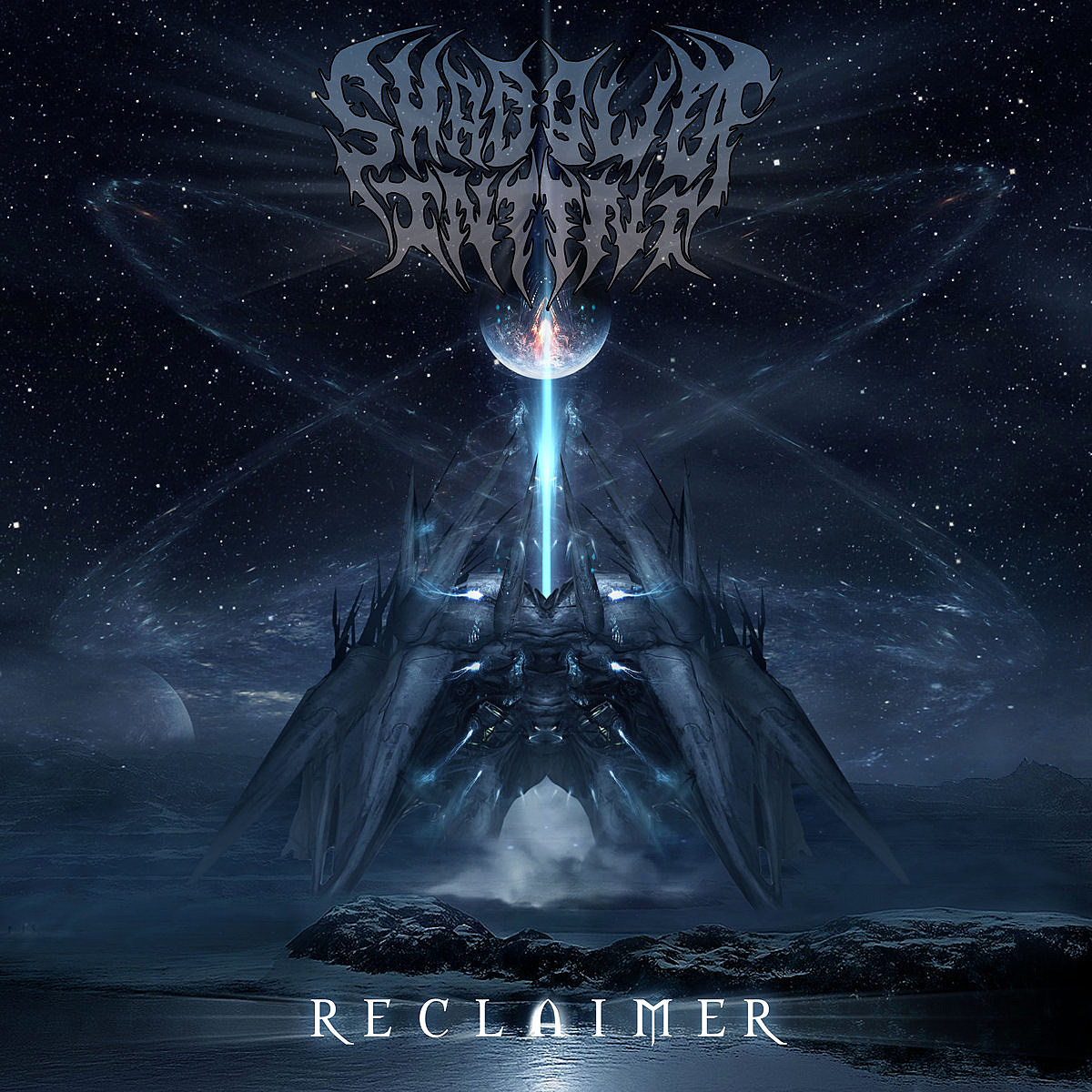
…
Shadow Of Intent
Reclaimer
April 28, 2017
Semi-orchestral deathcore band Shadow Of Intent released their sophomore album Reclaimer a few months back, featuring guest vocals by Jason Evans (Ingested, additional guest vocals for Vulvodynia), Dickie Allen (ex-Abiotic), and Tom Barber (Lorna Shore). Technical in their variation, these vocals span -core to straight-up death, especially with frontman Ben Duerr’s impressive range. The synth noodling and guitar calisthenics stay permanently groovy, exploiting the technique of adding jam to offset the sterility of technicality. For flavor, breakdowns aren’t left out — they add to the album’s bounce — but they’re responsibility managed and relegated for accenting the heaviest moments only.
For a deathcore album to exhibit wavering flows of intensity is refreshing, more complex than the genre-standard one-two punch. Throughout Reclaimer, moments of blast and grind peek in and out; tracks bunny-hop from one clearly demarcated section to the next. Speed and aggression amplify groove and impact, but also fuel an ever-present technicality. A darkened mood transforms the often silly meanness of deathcore into actual menace. Reclaimer backs off at certain moments, though, so it can gear up for the huge melodic climaxes, the satisfying peaks on its undulating wavelength. The final four tracks are the strongest in this regard, and the album’s best.
…
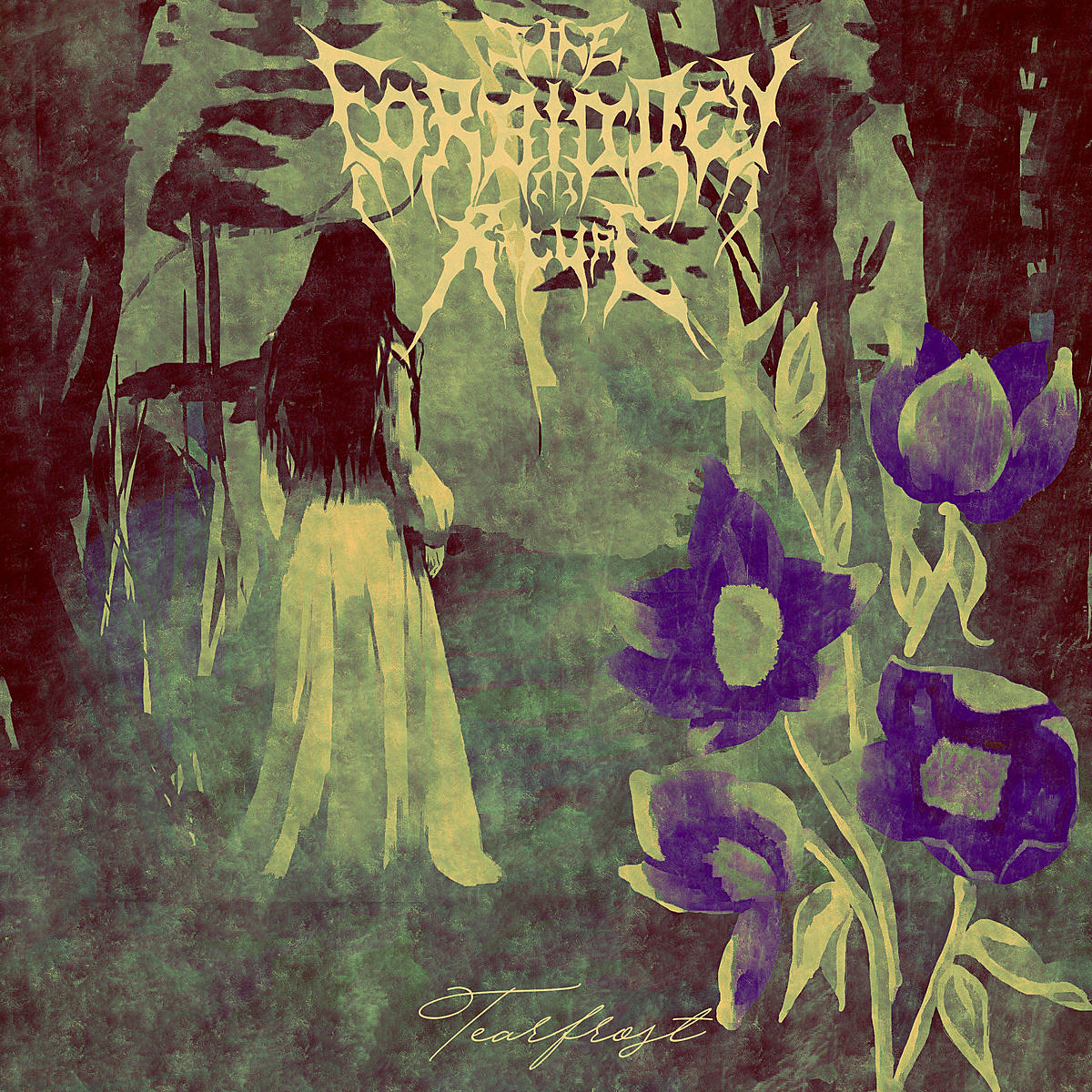
…
The Forbidden Ritual
Tearfrost
April 16, 2017
Metalcore rules, especially when it gets technical. Often the tropes get recycled, though, so you end up with repeat music, just with many more notes. The Forbidden Ritual opted for a straightforward approach with Tearfrost, employing original guitar riffing at steady pace, with extra hooks. There are echoes of later-day Lamb Of God — perhaps the guitar tone and grooviness — yet Tearfrost does not submit to convention in their melodic style or song structure. Also, not forgetting metalcore’s roots, each track contains obvious crowd-pleasing moments, positioned appropriately and well-integrated such that they don’t disrupt overall flow.
Amidst a glut of soundalikes, The Forbidden Ritual manages to make actual fresh metalcore. Mainly, it comes down to inventive guitar riffing and complex arrangements: from slow/simple to quick/intricate. To wit: a heartfelt solo adorns and concludes “Lake Of The Decayed,” juxtaposing the beefy -core riff earlier in the track (at 5:40). Tearfrost swerves excitingly, but remains grounded and trustworthy; it warrants headbanging as well as close listening. It even delivers an epic conclusion, the 10+ minute beast “Petrichor” (yes, a 10-minute long metalcore song), which contains enough content to basically rewrite all other metalcore songs. To make something innovative is one thing, to also make it immediately familiar is another.
…









